-
Welcome to Tacoma World!
You are currently viewing as a guest! To get full-access, you need to register for a FREE account.
As a registered member, you’ll be able to:- Participate in all Tacoma discussion topics
- Communicate privately with other Tacoma owners from around the world
- Post your own photos in our Members Gallery
- Access all special features of the site
Wyoming Backcountry Discovery Route (Jul 2022)
Discussion in 'Trip Reports' started by turbodb, Jul 14, 2022.
Page 2 of 2
Page 2 of 2


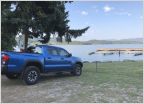 Took a Trip (San Diego to Banff)
Took a Trip (San Diego to Banff)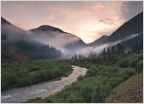 Colorado passes trip plan needed
Colorado passes trip plan needed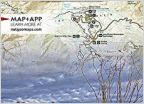 Big Bend 2014
Big Bend 2014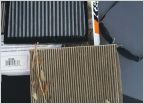 Mojave trail run - March 18th, 2018
Mojave trail run - March 18th, 2018 The Mojave Road, Central
The Mojave Road, Central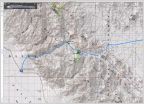 Titus Canyon - Death Valley, CA - 1/1/2016
Titus Canyon - Death Valley, CA - 1/1/2016





























